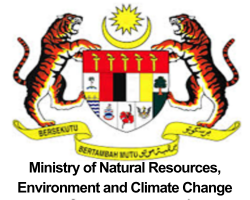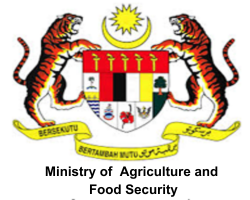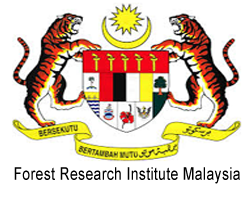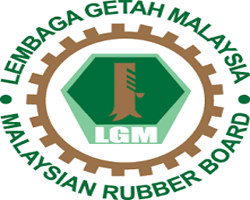A. R., Rafidah and Chew, M. Y. and A. R., Ummul-Nazrah and S., Kamarudin (2014) Diversity, current knowledge and the significance of the flora Of Tasek Bera Ramsar Site, Pahang, Malaysia. [Journal / Magazine]
|
PDF
16 DIVERSITY, CURRENT KNOWLEDGE AND THE SIGNIFICANCE OF THE FLORA OF TASIK BERA.pdf Restricted to Repository staff only Download (2MB) |
Abstract
Tasek Bera — the largest natural freshwater lake in Peninsular Malaysia is made up of a mosaic of micro-habitats and flora communities, including open water, rassau swamp, Lepironia reed-bed, seasonal freshwater swamp forest and the surrounding lowland dipterocarp forest. Botanical collecting and transect studies on the various habitats were carried out in 2007 to 2009, the last was part of the Biodiversity Inventory of Ramsar Site, in both the wet and dry seasons. The aquatic or swampy habitats covered were Lubuk Gah Bahau, Lubuk Hantu Tinggi, Lubuk Kuin, Lubuk Luon, Lubuk Pa Arit, Lubuk Ranting Patah, Lubuk Regeh, Lubuk Sangla Besar, Lubuk Sangla Kecil, Sungai Bera and Sungai Tasik; while forested habitats surveyed were Batin Md. Nor (Penchok) Camp, FELDA Bera 3 and 5, Kampung Gegereh, Kampung Jelawat, Kampung Pathir, Mekok Camp, Pos Iskandar, Pulau Jelai, Taman Herba and Tanjung Kuin. Previous surveys had recorded 52 species of vascular plants from the open water, rassau swamp and lowland dipterocarp forest habitats visited, representing a mere 6% of the total 807 species from 400 genera and 128 families, now known to occur in Tasek Bera. Satellite imagery records that 67% of Tasek Bera consists of freshwater swamp forest. However, this habitat type is still the least known despite numerous field surveys, due to logistic difficulties in accessing these boggy swamps sandwiched between tall rassau thickets and lowland dipterocarp forest. Recent surveys in Tasik Chini, the second largest freshwater lake in Peninsular Malaysia, show that it is much affected by the invasive Cabomba furcata from South America, to the extent that rare local aquatic species, e.g. Utricularia punctata, has been totally out-competed by this Cabomba species. It is of utmost importance that Cabomba species are not introduced into Tasek Bera. The effective protection of Tasek Bera as a Ramsar site by Perhilitan and its local counterparts is therefore extremely vital for the conservation of pristine freshwater lake habitat and its flora in Peninsular Malaysia. Any form of illegal encroachment, extraction of timber or other forest products, cultural burning of rassau for clearing of waterway or tortoise harvesting should be kept in check. Burnt rassau swamp results in open soils that provide terrestrial weeds the opportunity to become established especially in the dry season, as indicated by the results from a hydrosere transect survey.
| Item Type: | Journal / Magazine |
|---|---|
| Creators: | A. R., Rafidah and Chew, M. Y. and A. R., Ummul-Nazrah and S., Kamarudin |
| Title: | Diversity, current knowledge and the significance of the flora Of Tasek Bera Ramsar Site, Pahang, Malaysia |
| Date: | 2014 |
| Location: | Department of Wildlife and National Parks - Perhilitan website |
| Publication: | Department of Wildlife and National Parks - Perhilitan |
| Volume: | 27 |
| Physical Description: | 10p. |
| Agency Name: | Universiti Putra Malaysia (UPM) |
| Date Deposited: | 15 Nov 2019 01:35 |
| Last Modified: | 15 Nov 2019 01:35 |
| URI: | http://myagric.upm.edu.my/id/eprint/14439 |
Actions (login required)
 |
View Item |







